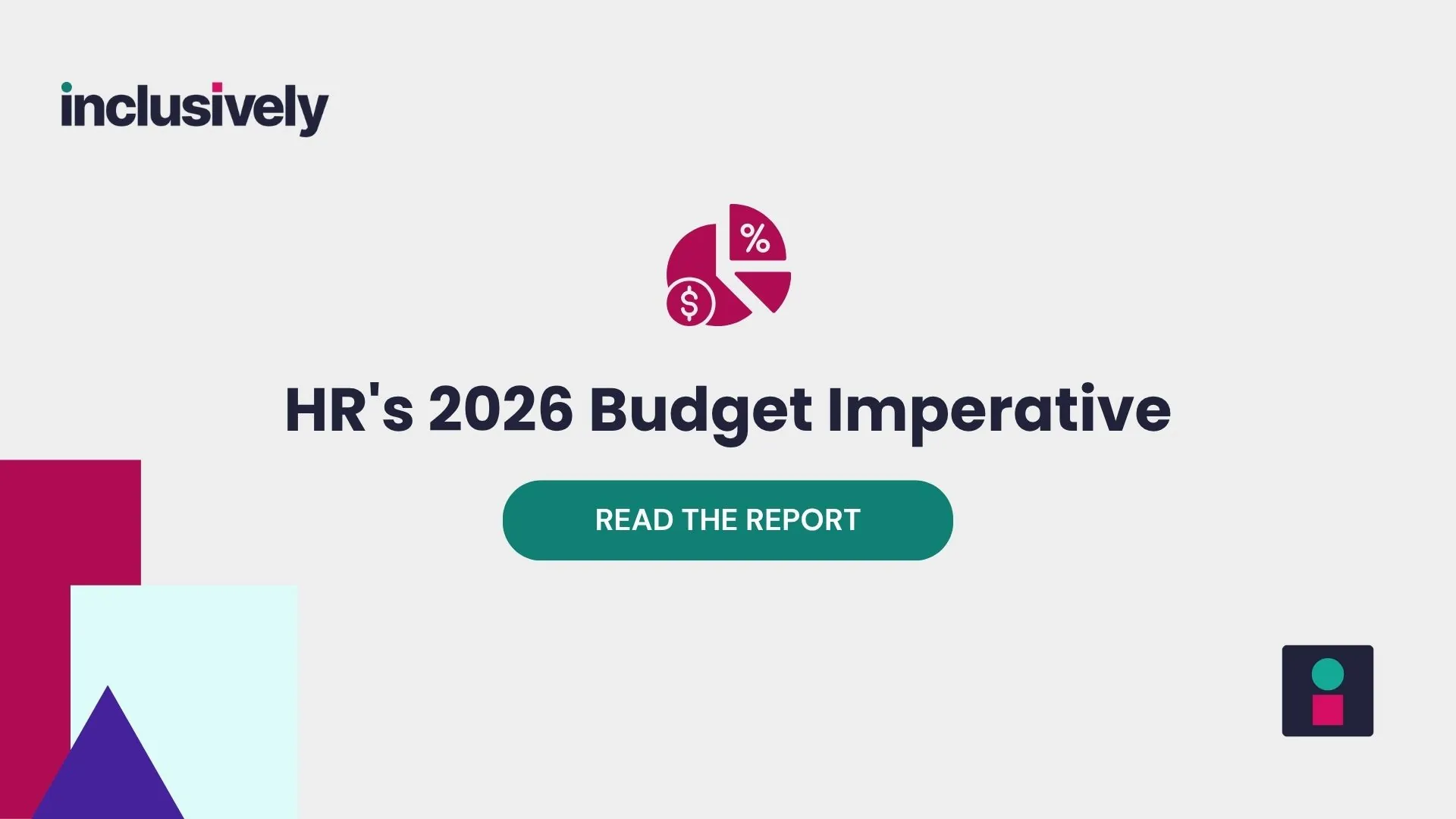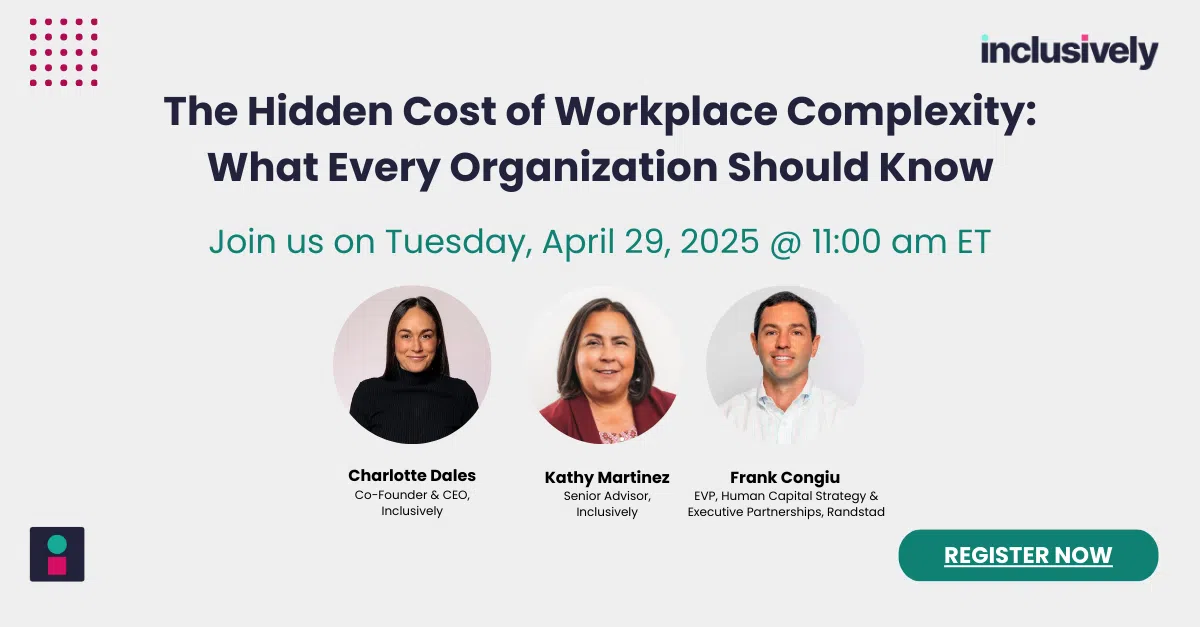Creating a winning workplace is essential in today’s business environment, where employee engagement is more critical than ever. High levels of engagement in the workforce can lead to better productivity, improved retention rates, and a more positive workplace culture. This article explores various strategies organizations can implement to enhance employee engagement and build a thriving workplace.
Understanding Employee Engagement
Employee engagement is a multifaceted concept encompassing an employee’s enthusiasm, dedication, and commitment to their work and the organization. Engaged employees are not just satisfied with their jobs; they are motivated to actively contribute to the organization’s success. They believe in the company’s values, are invested in its goals, and are eager to go the extra mile.
The Holistic Approach to Employee Engagement
Companies must adopt a holistic approach that addresses the entire employee lifecycle to foster a culture of engagement. This includes recruitment, onboarding, development, and retention strategies that are aligned to create a positive and supportive work environment. By focusing on the employee experience, companies can improve engagement, morale, productivity, and performance.
Identifying Universal Employee Needs
A key aspect of building an engaged workforce is understanding the universal needs of employees. These needs, when addressed, can significantly impact an employee’s sense of belonging, purpose, and satisfaction at work. Strategies based on these needs can help createa culture where employees feel valued, supported, and motivated.
To effectively engage employees, organizations should consider the following strategies:
- Foster Open Communication: Encourage a culture where feedback is welcomed and acted upon. Open lines of communication between employees and management can build trust and make employees feel heard and valued.
- Promote Work-Life Balance: Recognize the importance of a healthy work-life balance by offering flexible working arrangements. This shows employees that the organization cares about their well-being outside of work.
- Invest in Professional Development: Provide opportunities for employees to grow their skills and careers within the organization. This demonstrates a commitment to their professional advancement and can increase loyalty and engagement.
- Recognize and Reward Efforts: Implement a recognition program to celebrate achievements and milestones. Recognition boosts morale and reinforces the behaviors and outcomes that the organization values.
- Cultivate a Positive Workplace Culture: Create an inclusive and supportive environment. A positive culture can foster collaboration, innovation, and a sense of community among employees.
- Align Work with Purpose: Help employees understand how their work contributes to the organization’s goals and mission. When employees see the impact of their efforts, they are more likely to be engaged and motivated.
- Encourage Autonomy and Ownership: Trust employees with autonomy in their roles and the freedom to make decisions. This can increase satisfaction and a sense of ownership over their work.
- Prioritize Health and Wellness: Offer programs and initiatives that support physical and mental health. A healthy workforce is a productive and engaged workforce.
- Facilitate Team Building and Social Connections: Encourage activities and events that build camaraderie and foster relationships among team members. Strong social connections at work can improve collaboration and engagement.
- Leverage Technology for Engagement: Use technology to streamline processes, facilitate communication, and offer flexible working options. Technology can enhance the employee experience and support engagement efforts.



